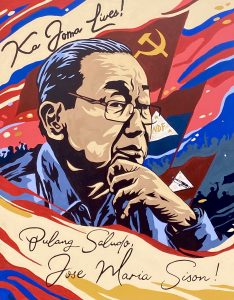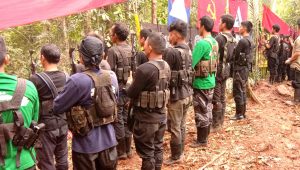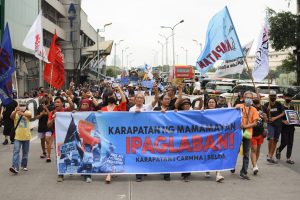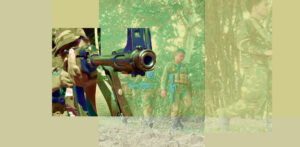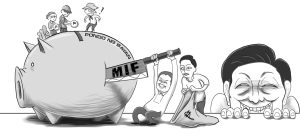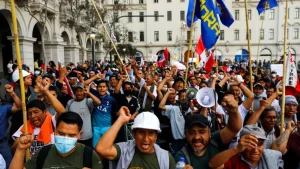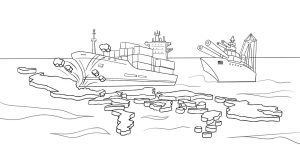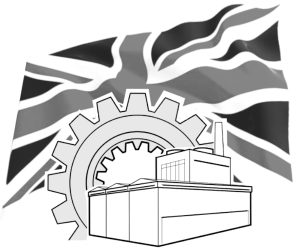Dagyaw-alayon's good path

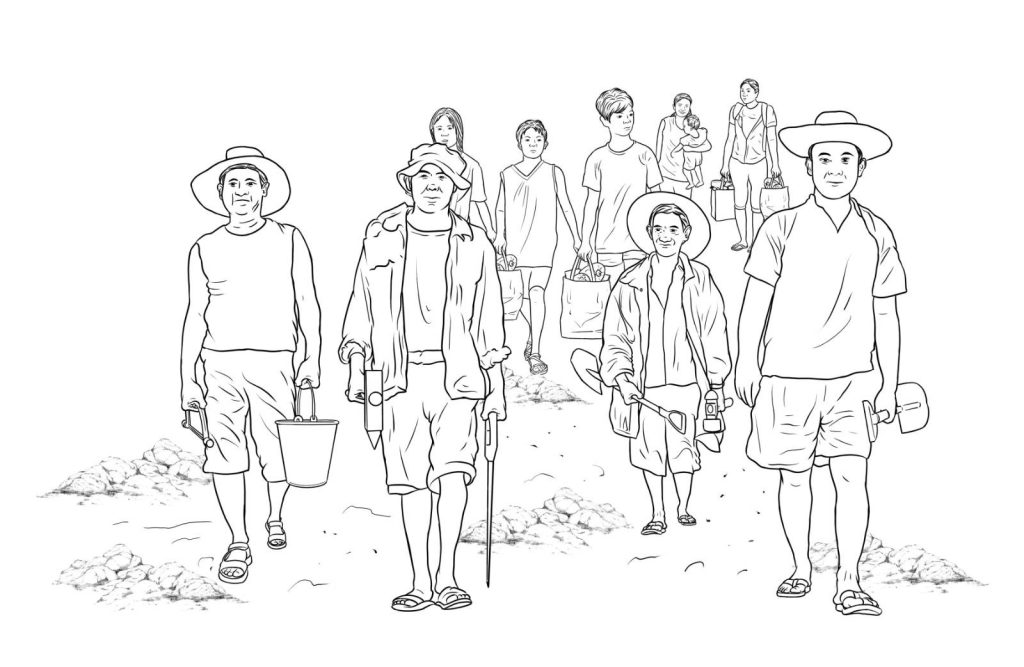
It has been common for residents of Barangay B, a village in Visayas, to complain of body aches, especially on their legs and feet. They theorized that this was due to the heat of the motorcyle during hours of transporting their palay and other produce to the market. The road has so many potholes and even transforms into a small river during the rainy season that getting their legs and feet wet has been inevitable.
The peasants understood that this pain was not only a medical concern but also an issue of the corrupt government’s neglect in repairing the damaged road to their village. For them, it was a foregone conclusion that the allotted millions of pesos for farm-to-market roads that AFP and NTF-Elcac boast of have already been pocketed.
In a consultation, the local organization decided to repair their road through dagyaw-alayon, a traditional form of mutual aid in farming practiced by poor farmers. In the beginning, only a few participated but soon, others saw its benefits. Up to 60–120 people from four of the six sitios contributed their labor to the project.
Farmers set up teams to ensure every task and stage of the project. At each stage, they made sure democracy flowed, workers were cared for and good relations among participants of the dagyaw-alayon was maintained. Women, together with the village’s children, ensured that the workers had enough food. Someone was tasked in creating a schedule for the workers and ensuring proper work distribution. They also assigned a group to get the support of the middle to rich peasants. A group was also formed to gather resources for the project.
Participants held the dagyaw-alayon once a week. They temporarily stopped if they had many tasks on their farms or if the fascist military and police launched their troublesome combat operations. Apart from packed food, they brought with them implements such as shovels, hoes, bolos and so on.
The peasants demanded that barangay officials provide rice and funds for viand for the road-workers. Large farm owners contributed one up to two sacks of palay. Truck drivers transporting agricultural products also donated money for rice and viand as they pass.
Adults worked on the road while the youth fetched drinking water and perform other tasks assigned to them. Before starting each workday, they held meetings to unite on tasks for the day. Another meeting was called at the end of the working day to evaluate and gather commentaries.
At first, some farmers were fearful that police and military might attack them for their efforts to improve their livelihood. But they overcame this fear knowing that there was nothing illegal or criminal with what they were doing. They liaised with barangay officials to make sure that they were not interrupted. Later, they included other barangay infrastructure projects in their dagyaw-alayon.
Barangay B’s commendable experience served as inspiration to two of its barangay neighbors. In Barangay A, the road for their carriages, motorcycles and trucks transporting palay, corn, sugarcane, pineapple, vegetables and other produce was repaired through daygaw-alayon. About 30 to 40 individuals from three of its six sitios participated. They held the mutual aid activity once a week.
In Barangay K, about 50 to 80 people from four sitios undertook the dagyaw-alayon. Palay, corn, cassava and other root crops are the barangay’s produce. Twice a week, they launched their dagyaw-alayon, an activity which was applied only to farming before but now covered other activities.
The peasants considered convincing rich peasants to participate in the dagyaw-alayon a breakthrough. The then almost voiceless poor to middle farmers calmly and actively explained the activity, and were able to convince those in the upper classes or strata, who were at first doubtful of the project.


